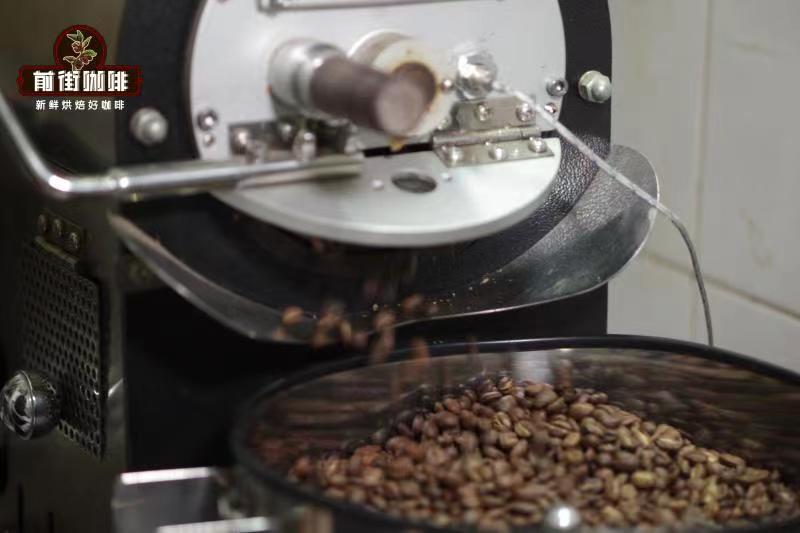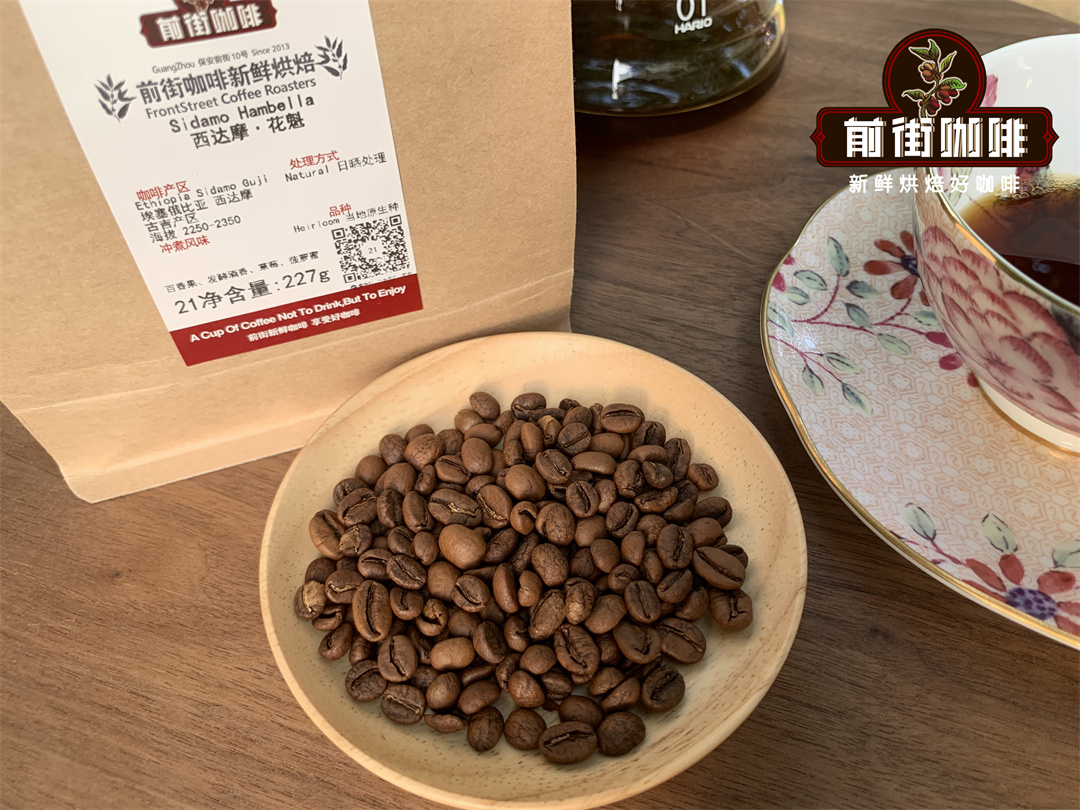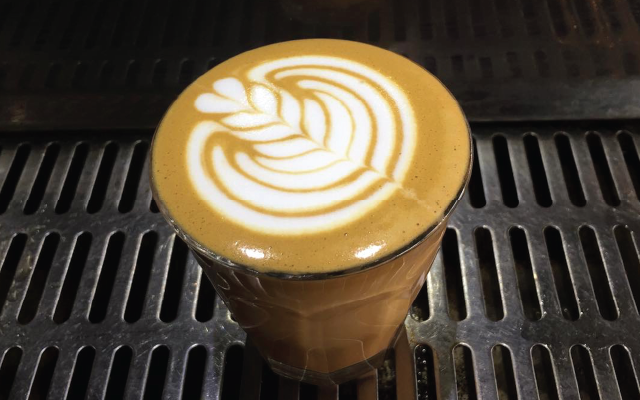Coffee roasting degree roasting time and temperature changes in coffee flavor and taste
Because coffee roasting changes, from temperature, time, and even the color of coffee beans, even if roasted to the same temperature, or even the same color, it is possible to present different tastes, generally roasting coffee, will be the first explosion of the second explosion (coffee beans because of heat expansion water evaporation, and produce explosion sound) with coffee beans color conversion control roasting degree (roasting curve has different).
The following provides a baking statement is palatable baking temperature range is 185~240 °C, the average person can accept the appropriate baking temperature range of 210~230 °C, more than 230 °C can be called overbaking.
- Light roast: coffee roast color card number 75~65 degree within about 30 seconds after the end of the first explosion (coffee due to heat expansion and generation of the crackling sound)(the middle after the first explosion), showing sweet taste with acidity, generally used for cup testing coffee beans essence. Light roasted coffee beans from the yejia sherry region.
- Medium roast: coffee roast color card number 65~55 30 seconds after the end of the first explosion to the extent that the second explosion has not yet occurred, belongs to the full flavor taste, but also the best taste of caramel, is the most common consumer drink Hongpei degree.
- Dark-1: coffee roasting color card number 55~50 The second explosion (after the end of the first explosion, a continuous batch of crackle explosion) begins to 30 seconds, caramelization, at this time the sweetness is most obvious, chocolate flavor, suitable for milk or espresso machine commonly used.
- Dark-2: coffee roasting color card number 50~40 second explosion between 30 seconds to 60 seconds, chocolate-like sweet and bitter, acidity disappears, suitable for adding milk or Italian coffee machine and other heavy flavors commonly used.

- Very Dark: coffee roasting color number 40~35 second explosion between 60 seconds ~90 seconds, the highest degree of pickled bitter aroma, suitable for iced coffee, milk and heavy taste commonly used.
(Roasting color cards are infrared caramelization analysis numbers (Agtron numbers) promoted by the American Specialty Coffee Association (SCAA) to determine the degree of roasting, and their values range from 0 to 100, with higher values indicating lower caramelization, gray color, and lighter roasting, and vice versa. (SCAA/ Agtron Roast Color Classification System) )
Important Notice :
前街咖啡 FrontStreet Coffee has moved to new addredd:
FrontStreet Coffee Address: 315,Donghua East Road,GuangZhou
Tel:020 38364473
- Prev

What's the difference between hand-brewed coffee and siphon coffee? Which tastes better, hand-brewed coffee or siphon coffee?
Siphon coffee pot English is Syphon, due to the pronunciation of the relationship, so siphon coffee pot will also be called the match wind pot, so after seeing the match wind Hu will know that it is siphon type. Go to modern times, siphon coffee Hu into a book will carry it forward, the most mainstream brands on the market are basically Japanese
- Next

Why is piccolo Piccolo latte not popular in China? What are the characteristics of Piccolo coffee?
In Australia, FlatWhite and PiccoloLatte are the same hot coffee drinks. In China, FlatWhite has spread to cafes on the streets, while PiccoloLatte is rarely found in cafes. Qianjie is coming to talk about Pic today.
Related
- Beginners will see the "Coffee pull flower" guide!
- What is the difference between ice blog purified milk and ordinary milk coffee?
- Why is the Philippines the largest producer of crops in Liberia?
- For coffee extraction, should the fine powder be retained?
- How does extracted espresso fill pressed powder? How much strength does it take to press the powder?
- How to make jasmine cold extract coffee? Is the jasmine + latte good?
- Will this little toy really make the coffee taste better? How does Lily Drip affect coffee extraction?
- Will the action of slapping the filter cup also affect coffee extraction?
- What's the difference between powder-to-water ratio and powder-to-liquid ratio?
- What is the Ethiopian local species? What does it have to do with Heirloom native species?

